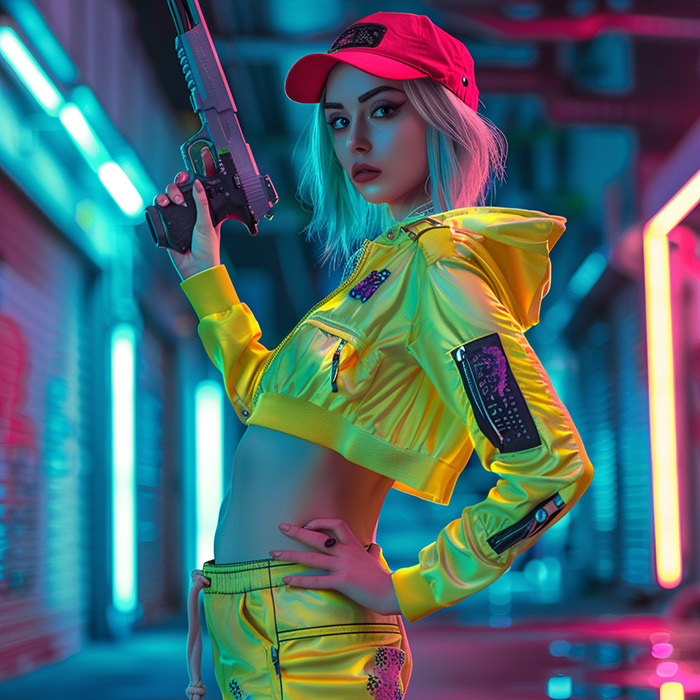Winning ArtStation Challenge Strategies: Insights from Finalists
Participating in an ArtStation Challenge can be a thrilling and enriching experience for any artist. Whether you’re a novice seeking to make your mark or an experienced professional looking to challenge yourself, these competitions offer a unique platform to showcase your skills, creativity, and passion for art.

Drawing from the experiences of finalists in a Camelot King Arthur themed challenge, this article provides valuable tips and strategies for excelling in both character and environment categories of the ArtStation Challenge.
Character Design Tips
Stick to Your Story
The foundation of a compelling character design lies in its story. When you embark on a challenge, start by crafting a simple yet powerful narrative for your character. This narrative will guide your design decisions and ensure coherence in your work. For instance, reimagining King Arthur in a different era, like the Roman Gallic period, can provide a fresh perspective while remaining true to the essence of the story.
Utilize Original Texts and Resources

Research is key to authenticity. Delve into original texts, historical resources, and provided materials to draw inspiration and gather information that will enrich your character designs. ArtStation challenges often provide a wealth of source material that can be instrumental in creating designs that are both innovative and respectful of the original narratives.
Show Your Process
A well-documented creative process can set your submission apart. Judges and viewers alike appreciate insights into how you’ve developed your design from a rough concept to a polished final piece. Even if time constraints limit the number of iterations you can explore, showing your thought process and decision-making can add depth to your submission.
Design Characters, Not Costumes

True character design transcends mere costuming. Aim to create characters with distinct personalities, backgrounds, and stories, rather than different outfits on a similar template. Consider each character as an actor who must embody a role, with the costume serving to enhance their identity rather than define it.
Environment Design Tips
Art Directing Your Vision
Successful environment design begins with a clear vision. Define a style and mood for your environments early on, and use this as a guiding principle throughout the challenge. Whether aiming for a bright, bold, and simple aesthetic or something more intricate, consistency in style and mood across your submissions will create a cohesive and compelling portfolio.
Start with Simplicity

Focus on core shapes and forms before delving into detailed textures or colors. This approach allows you to establish a strong composition and flow in your environment, ensuring that the final image communicates the desired mood and narrative effectively. Primitive shapes like cylinders, squares, and cones can form the basis of complex scenes that captivate viewers.
Set Your Own Restrictions
Challenges inherently come with themes and restrictions, but setting your own limits can further refine your work. Whether it’s a commitment to simplicity, a specific layout, or a unique conceptual approach, self-imposed restrictions can drive creativity and ensure your work stands out in a crowded field.
Design for Production
Especially relevant for challenges that include a production phase, designing with an eye towards feasibility can increase the chances of your concept being selected for further development. Clear, production-friendly designs not only appeal to judges but also to potential collaborators who may wish to bring your concepts to life in 3D or other mediums.
Conclusion: Embrace the Challenge with Passion and Planning
Winning an ArtStation Challenge requires a blend of creativity, technical skill, and strategic planning. By adhering to your chosen narrative, conducting thorough research, demonstrating your creative process, and designing with both character and production in mind, you can create submissions that resonate with judges and audiences alike.

Remember, the most important aspect of any challenge is to enjoy the process and learn from the experience. Whether you’re designing a character, an environment, or both, let your passion for art guide you towards creating something truly remarkable.